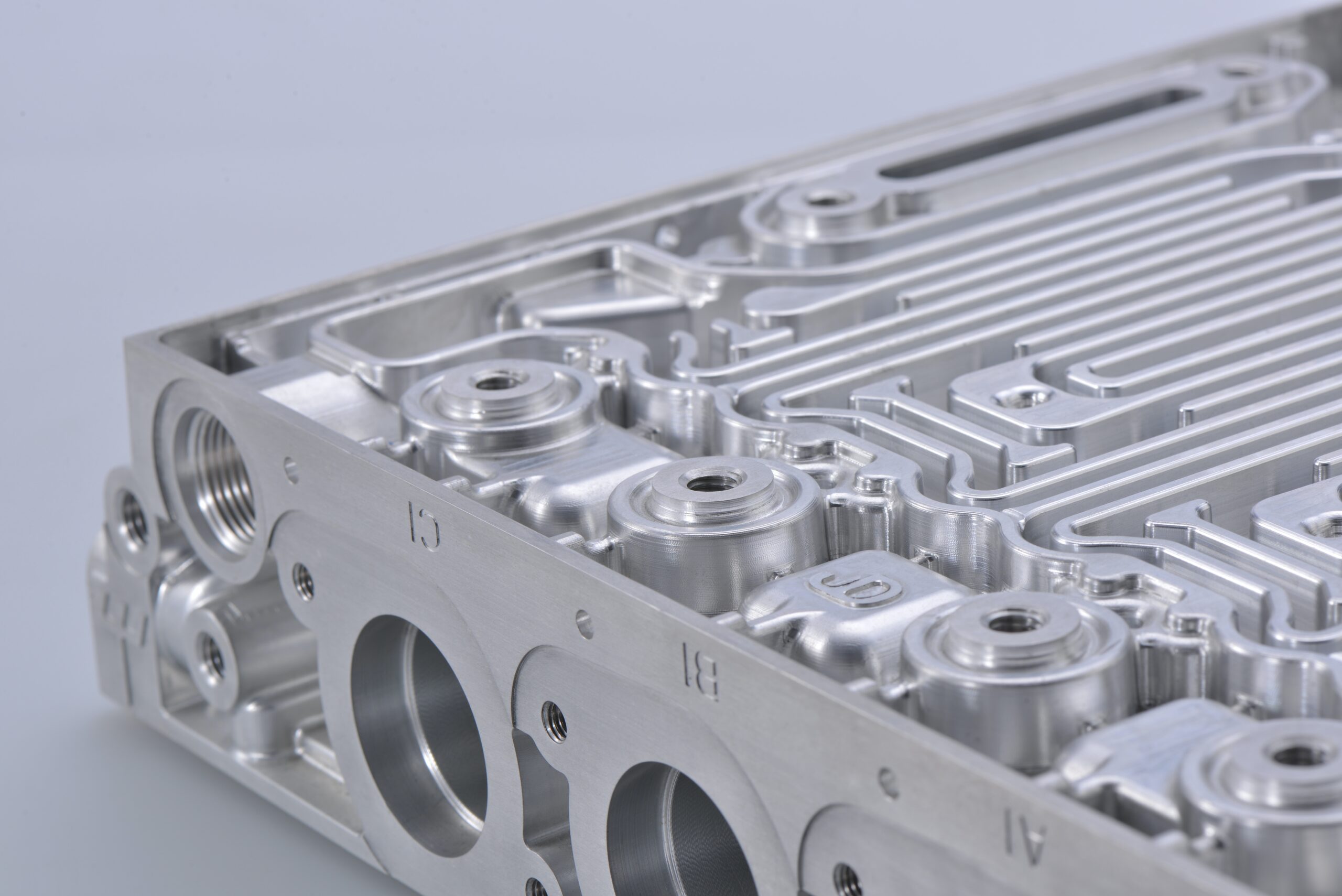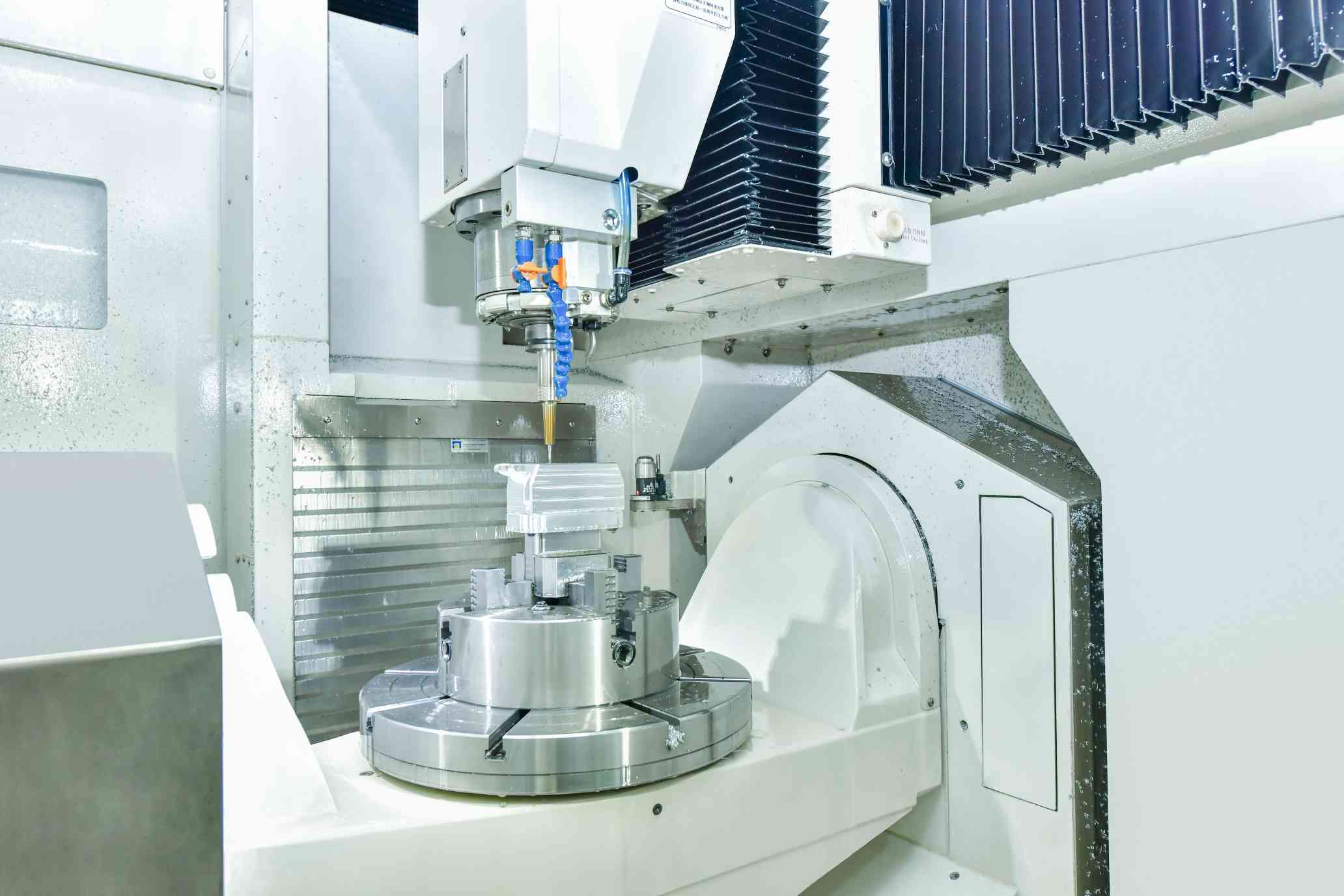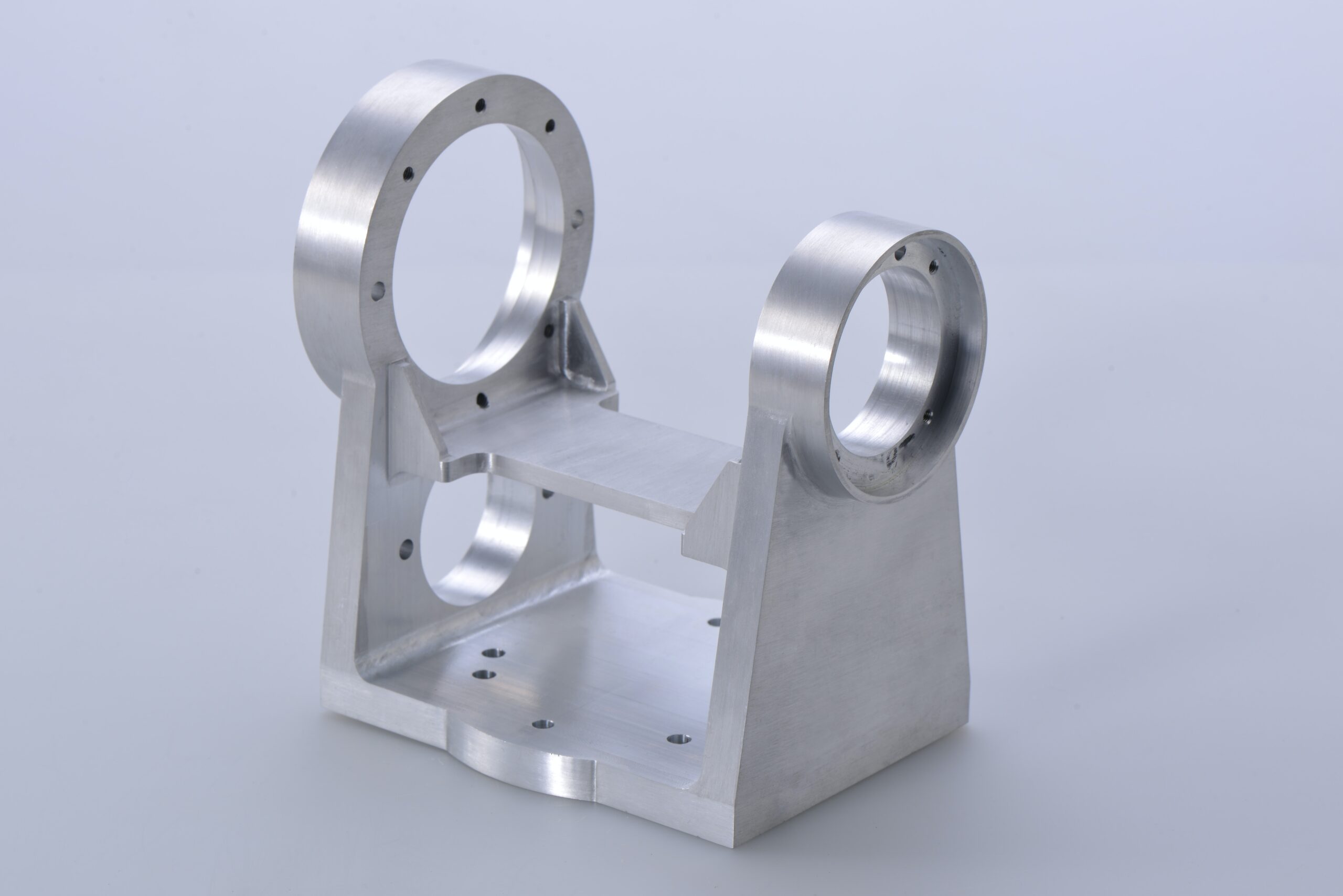As a manufacturing professional, I know that precision and accuracy are key when it comes to creating high-quality products. That's why I wanted to share this ultimate guide to understanding 5-axis CNC machining. This advanced technology has revolutionized the manufacturing industry and has become an essential tool for precision manufacturing. In this guide, we'll explore the advantages of 5-axis CNC machining, the different types of machines available, how they work, applications, and tips for successful operation.

Introduction to 5-axis CNC machining
CNC machining has been around for several decades, but the introduction of 5-axis machining has taken the industry to a whole new level. In traditional machining, the cutting tool moves along three axes (X, Y, and Z) to create a part. However, 5-axis CNC machining allows the tool to move along two additional axes (A and B), providing greater flexibility and the ability to create complex shapes with high precision.
Advantages of 5-axis CNC machining
The advantages of 5-axis CNC machining are numerous. First and foremost, it allows for greater precision and accuracy in the manufacturing process. With the ability to move the tool along five different axes, manufacturers can create complex shapes with ease. This technology also reduces the need for multiple setups and reduces cycle times, resulting in faster production times. Additionally, 5-axis machining can be used on a wide variety of materials, including metals, plastics, and composites, making it an extremely versatile technology.
Different types of 5-axis CNC machines
There are several different types of 5-axis CNC machines available on the market, each with its own unique advantages. One popular type is the swivel head machine, which uses a rotating spindle to move the tool along two additional axes. Another type is the table machine, which uses a rotating table to move the part instead of the tool. Other types include the gantry machine, which uses a bridge-like structure to support the tool, and the hybrid machine, which combines both milling and turning capabilities in one machine.
How 5-axis CNC machines work
5-axis CNC machines work by using a computer to control the precise movement of the cutting tool along five different axes. The computer takes a 3D model of the part and converts it into a series of instructions that the machine can follow. The machine then moves the cutting tool along each axis in a precise and controlled manner, removing material from the part until the final shape is achieved. This process can be repeated for multiple parts, resulting in high-quality, precise manufacturing.

Applications of 5-axis CNC machining
5-axis CNC machining is used in a wide variety of industries, including aerospace, automotive, medical, and more. Its ability to create complex shapes with precision and accuracy makes it ideal for creating parts for aircraft engines, medical implants, and other critical components. Additionally, 5-axis machining can be used to create molds and dies, as well as custom tooling for manufacturing processes.
Choosing the right CNC machine for your business
When choosing a 5-axis CNC machine for your business, there are several factors to consider. First and foremost, you'll need to determine your budget and what features are most important to you. You should also consider the types of materials you'll be working with, as well as the size and complexity of the parts you'll be manufacturing. Additionally, you'll want to consider the level of training required to operate the machine, as well as the level of support and service offered by the manufacturer.
Tips for successful 5-axis CNC machining
To ensure successful operation of your 5-axis CNC machine, there are several tips to keep in mind. First, it's important to properly maintain the machine and keep it clean to prevent damage and ensure accuracy. Additionally, you should always use the correct cutting tools and tool paths to avoid tool breakage and minimize cycle times. It's also important to properly secure the part to prevent movement during machining, and to regularly monitor the machining process to ensure quality and accuracy.

Future of 5-axis CNC machining
The future of 5-axis CNC machining looks bright, with continued advancements in technology and capabilities. Some experts predict that 5-axis machines will become even more versatile, with the ability to handle even larger and more complex parts. Additionally, the use of artificial intelligence and machine learning could further enhance the precision and accuracy of 5-axis machining.
Another significant development in the field of 5-axis machining is the integration of artificial intelligence and machine learning. By using these technologies, it is possible to optimize machining processes, reduce errors, and improve overall quality. For instance, AI algorithms can analyze and predict tool wear, adjust cutting parameters in real time, and optimize tool paths for maximum efficiency.
Conclusion
In conclusion, 5-axis CNC machining is an advanced technology that has revolutionized the manufacturing industry. Its ability to create complex shapes with precision and accuracy has made it an essential tool for precision manufacturing in a wide variety of industries. By understanding the advantages of 5-axis machining, the different types of machines available, and how they work, you can choose the right machine for your business and ensure successful operation. With proper maintenance and the right cutting tools and tool paths, your 5-axis CNC machine can help you create high-quality, precise parts for years to come.
HordRT is your one-stop solution for CNC machining and automotive parts. We specialize in creating custom CNC machined parts with tight tolerances, using a range of materials. Our streamlined and automated workflows make custom part sourcing hassle-free. With HordRT, you can streamline your part procurement process and make it faster, easier, and more efficient.
To see what our intelligent platform, the instant quote process, and design for manufacturability feedback can do for you, simply create an account and upload your part. We pride ourselves on our ability to create complex parts at lightning speeds. So, come experience the HordRT advantage!
-q4gvl4k29y4hq8j9rjpapvj0ft06fje63olt7p210i.png)


